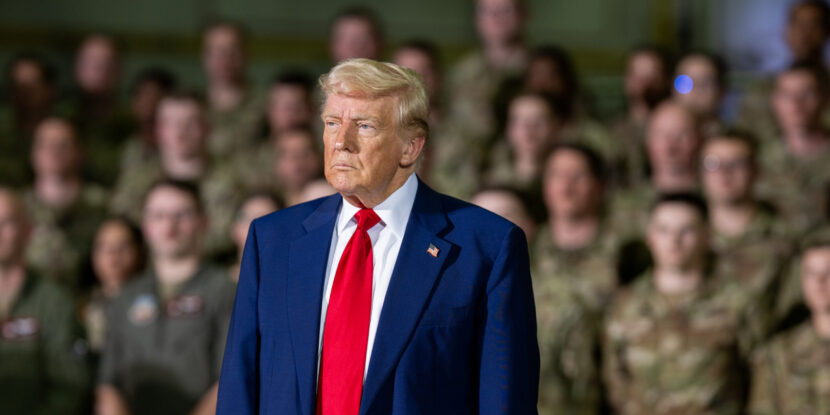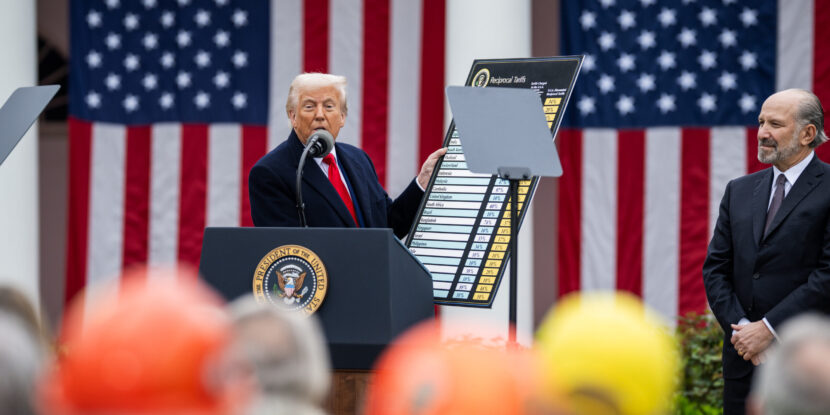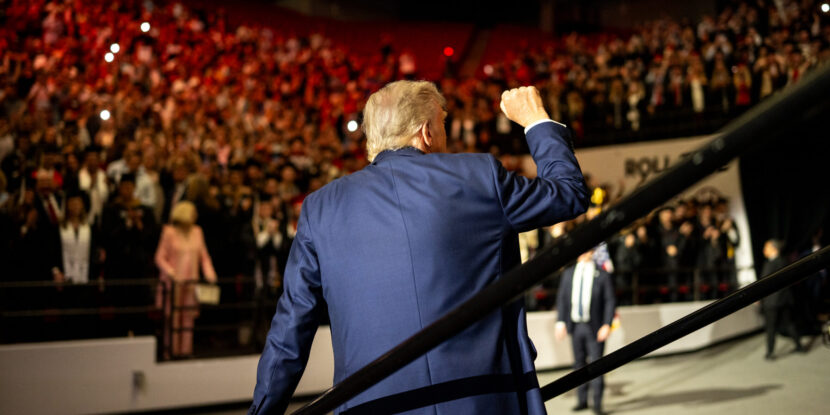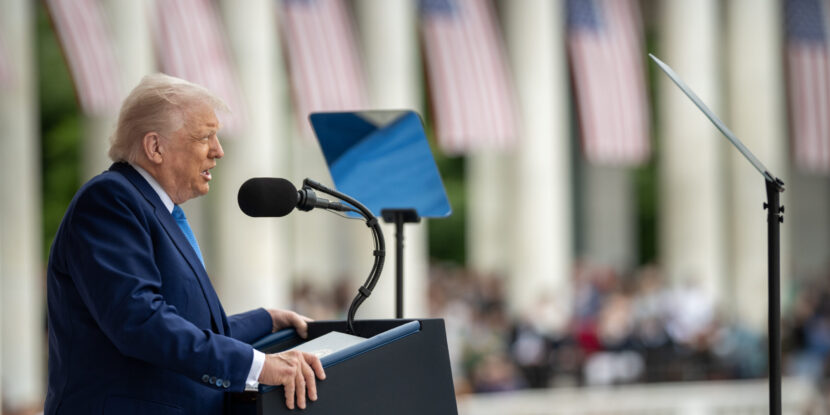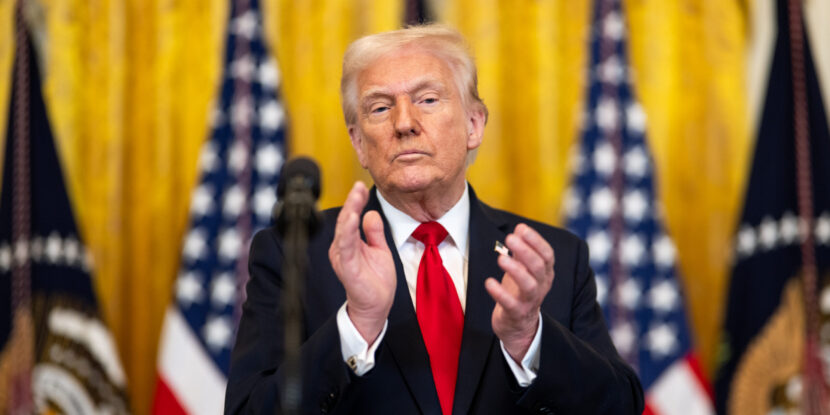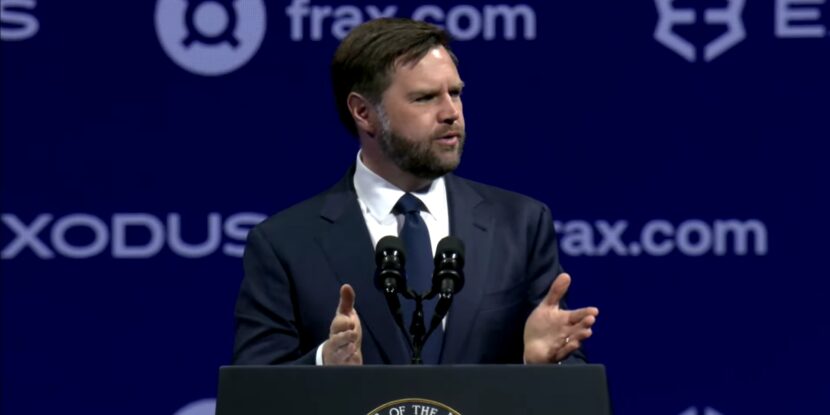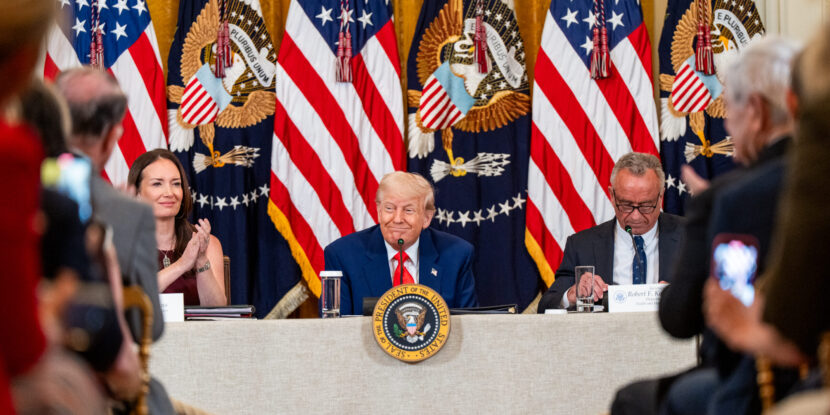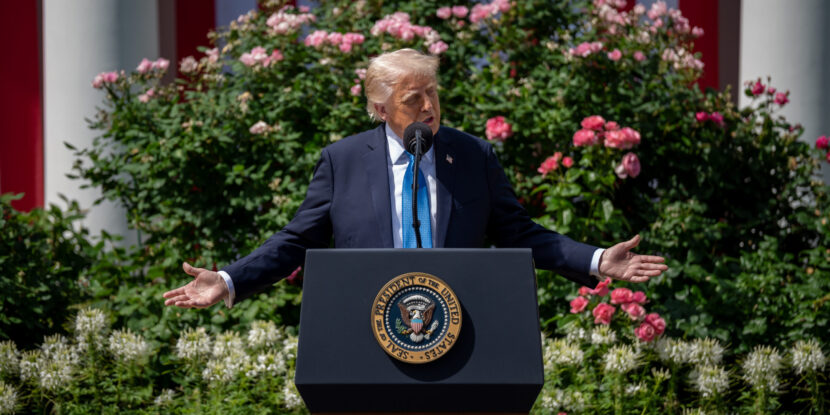PULSE POINTS:
❓What Happened: The Trump administration has requested that countries submit their best trade deal proposals by June 4 to avoid the reimposition of reciprocal tariffs on July 8.
👥 Who’s Involved: President Donald J. Trump, U.S. Trade Representative Jamieson Greer, global trade partners, and National Economic Council Director Kevin Hassett.
📍 Where & When: International trade negotiations, deadline set for June 4, 2025.
💬 Key Quote: U.S. Trade Representative spokesman: “Productive negotiations with many key trading partners continue at a rapid pace.”
⚠️ Impact: Foreign governments wishing to avoid the reimposition of President Trump’s paused “Liberation Day” tariffs must make their best offer in the next 24 hours. Any foreign trade partner that fails to submit a proposal will see additional trade duties imposed on them by the Trump administration.
IN FULL:
The Trump administration is giving global trade partners until Wednesday, June 4, to submit their best proposals for trade agreements to avoid the reimposition of reciprocal tariffs next month on July 8. A draft letter from the U.S. Trade Representative, Jamieson Greer, requests that foreign nations wishing to avoid the reimposition of trade duties outline their commitments on tariffs, non-tariff barriers, digital trade, and quotas for purchasing U.S. goods.
According to the letter, the proposals will be reviewed within days by U.S. trade officials who will develop a “possible landing zone” for a trade deal to expedite negotiations ahead of the looming July deadline. “Productive negotiations with many key trading partners continue at a rapid pace. It is in all parties’ interest to take stock of progress and assess any next steps,” a spokesman for the Office of the U.S. Trade Representative said after the letter became public.
Initially introduced in April on what was billed as “Liberation Day,” President Donald J. Trump paused the reciprocal tariffs after foreign nations scrambled to open bilateral trade negotiations and high volatility disrupted global financial markets. The letter suggests that the Trump White House is making its final push to encourage a handful of nations to come to the table, with only weeks left in the 90-day tariff pause.
Notably, the letter warns trade partners against relying on courts to overturn the tariffs, emphasizing that President Trump intends to continue the program through all available legal avenues. A lawfare campaign spearheaded by Democrats saw two federal courts rule that Trump’s emergency declaration, citing the International Emergency Economic Powers Act (IEEPA) and used to justify the reciprocal tariffs and a 10 percent global tariff, was unconstitutional. However, a federal appeals court has stayed those decisions pending ongoing litigation.
Kevin Hassett, director of President Trump’s National Economic Council (NEC), has said that 24 bilateral trade deals are nearing finalization. It is speculated that a number of smaller, less economically developed nations with weak export and import markets will likely not face the reimposition of tariffs regardless of whether they reach an agreement with the United States. However, indications are that the Trump White House will reimpose trade duties against major trading partners like the European Union (EU) and developed nations who do not comply.
show less